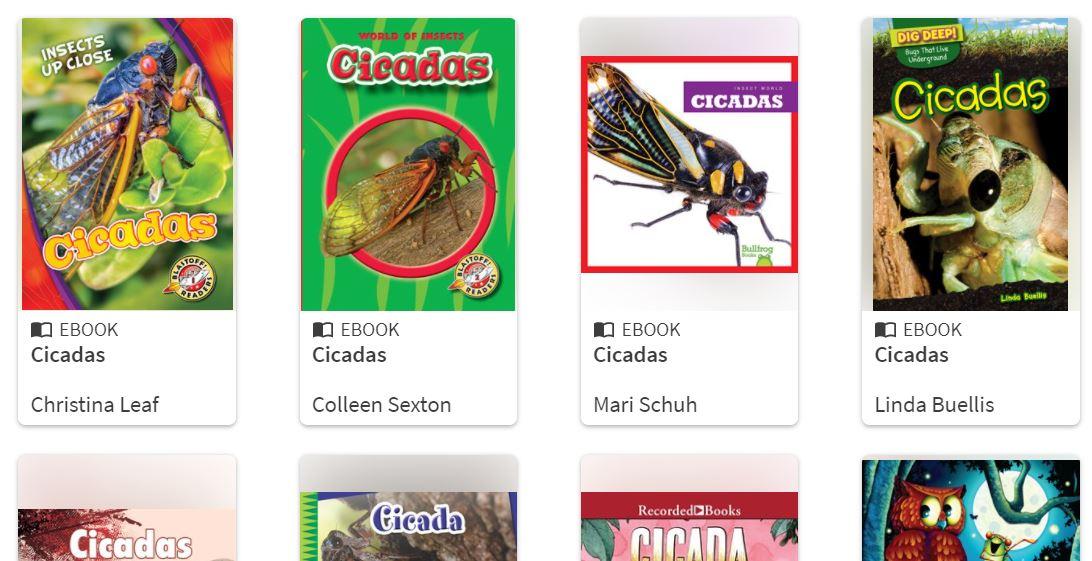Energy and Water Assistance for Hoosiers

Energy Assistance Program
South Central Community Action Program (SCCAP) is once again providing financial assistance with winter fuel/heating bills for households in Monroe County for the upcoming 2021–22 season.
The Energy Assistance Program (EAP) is an annual program that assists members of our community who have household incomes at or below 60% of the State Median Income. This program is available to Hoosiers renting and for those who own their home. You do not need to have fallen behind on your heating or electric bills to qualify.

